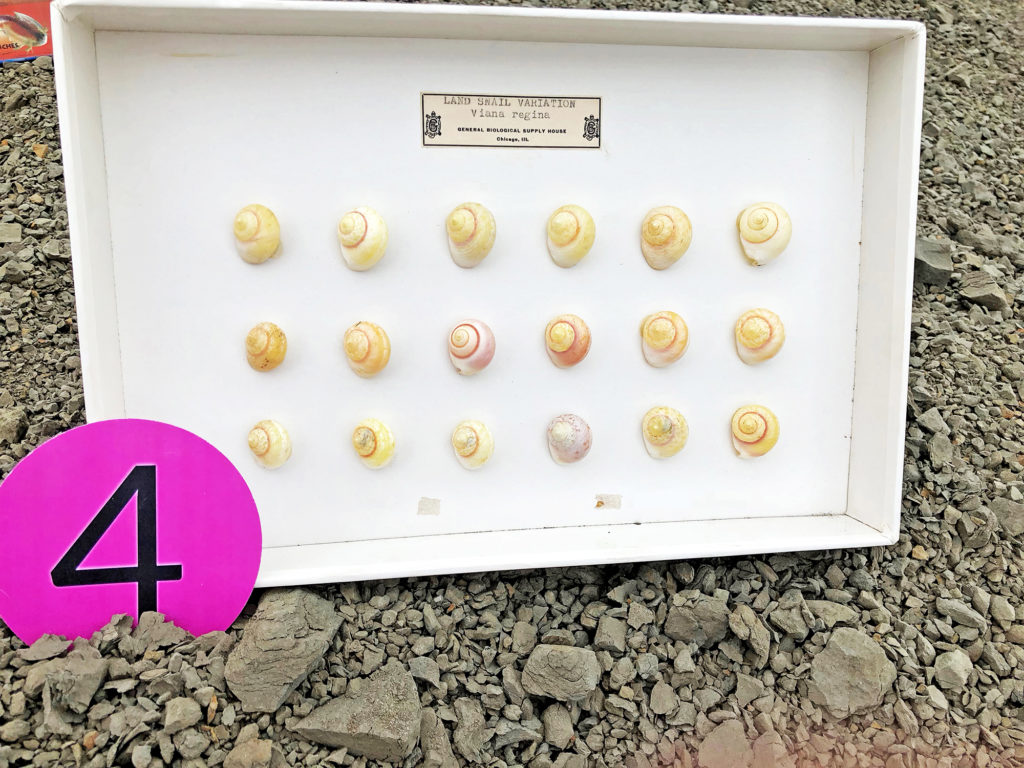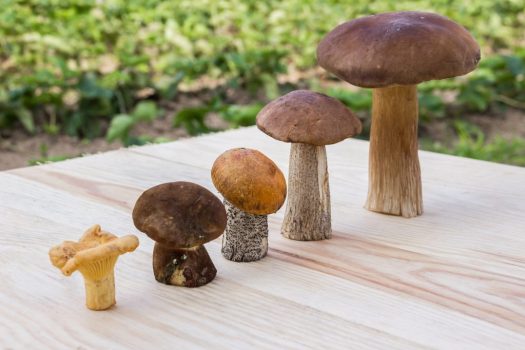
Speciation
Speciation
There are different paths to formation of a new species.
Learning Objective: Compare and contrast forms of speciation, including examples and the role of genetic analysis in tracking speciation.


Speciation means “making species.” This section focuses on mechanisms that reproductively isolate populations, setting them on a path to speciation.
This video introduces mechanisms for species formation.
Watch this video; you can select the closed captioning “cc” option if you would like to see the text.
The next section introduces the species of animals you are most likely to find in marine ecosystems.











